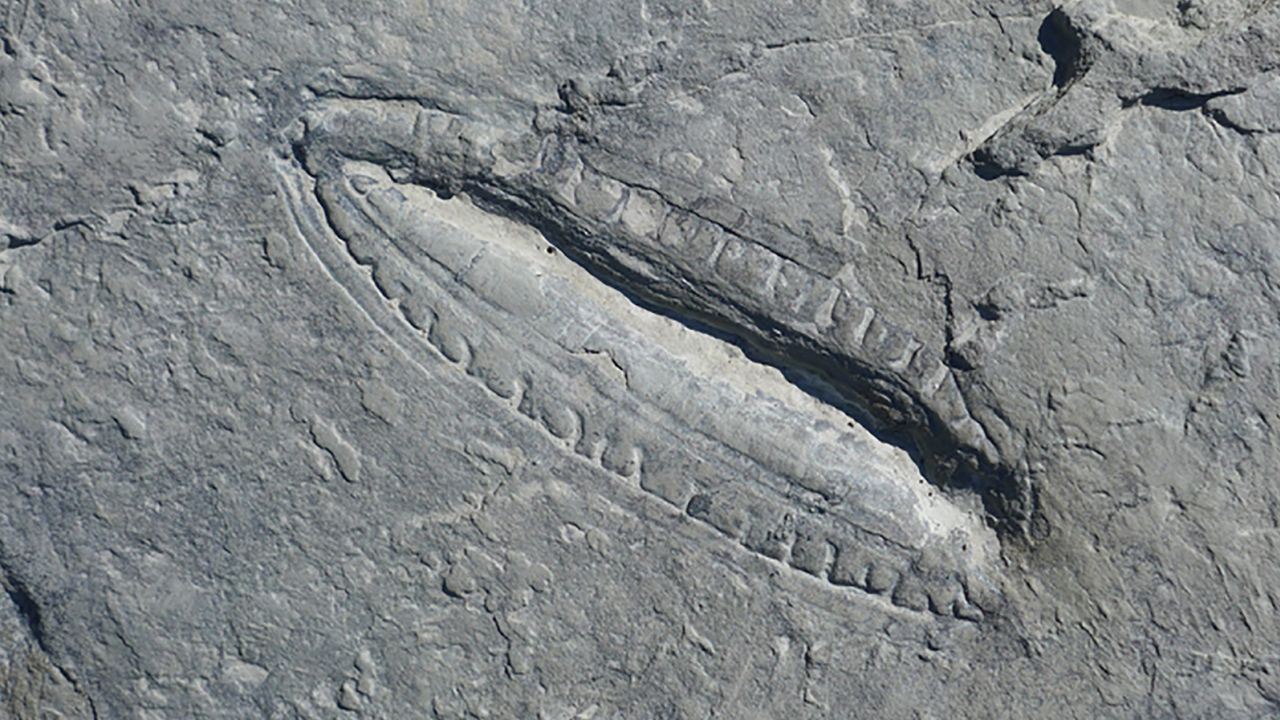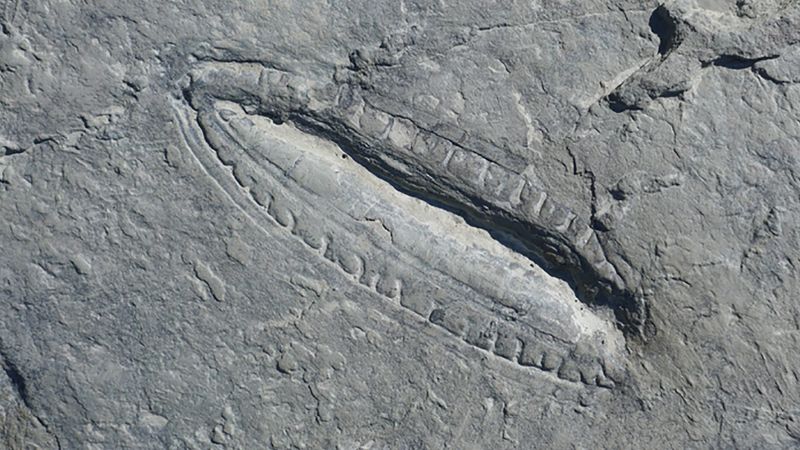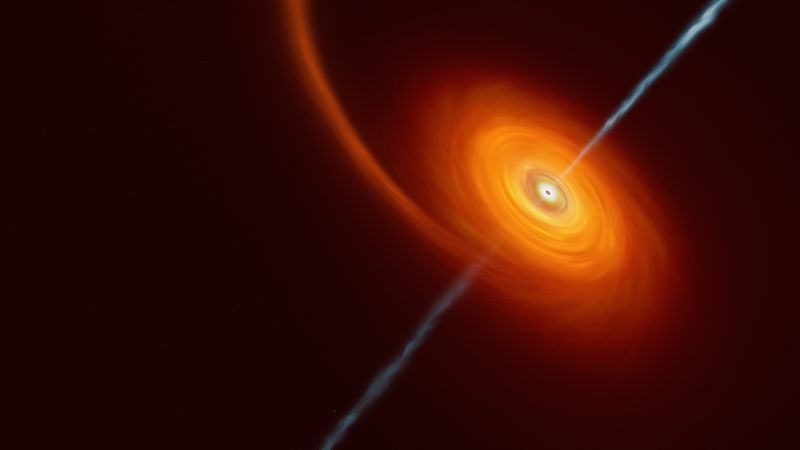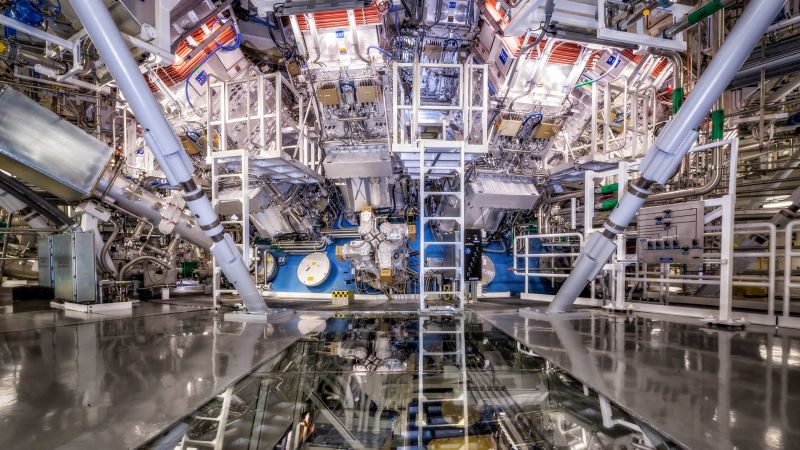Mind reading on wheels ...
Gassho, J
stlah
Not Science Fiction: Paralyzed People Can Navigate Using Mind-Controlled Wheelchairs
By translating users’ thoughts into mechanical commands, a mind-controlled wheelchair can help a paralyzed person gain new mobility. Researchers demonstrate that tetraplegic users can operate mind-controlled wheelchairs in a natural, cluttered environment after training for an extended period in a study published today (November 18) in the journal iScience. ... Millán and his colleagues recruited three tetraplegic people for the longitudinal study. Each of the participants underwent training sessions three times per week for 2 to 5 months. The participants wore a skullcap that detected their brain activities through electroencephalography (EEG), which would be converted to mechanical commands for the wheelchairs via a brain-machine interface device. The participants were asked to control the direction of the wheelchair by thinking about moving their body parts. Specifically, they needed to think about moving both hands to turn left and both feet to turn right. ...
Over the course of training, the brain-machine interface device team saw significant improvement in accuracy in participant 1, who reached an accuracy of over 95% by the end of his training. The team also observed an increase in accuracy in participant 3 to 98% halfway through his training before the team updated his device with a new algorithm.
https://scitechdaily.com/not-science...d-wheelchairs/
By translating users’ thoughts into mechanical commands, a mind-controlled wheelchair can help a paralyzed person gain new mobility. Researchers demonstrate that tetraplegic users can operate mind-controlled wheelchairs in a natural, cluttered environment after training for an extended period in a study published today (November 18) in the journal iScience. ... Millán and his colleagues recruited three tetraplegic people for the longitudinal study. Each of the participants underwent training sessions three times per week for 2 to 5 months. The participants wore a skullcap that detected their brain activities through electroencephalography (EEG), which would be converted to mechanical commands for the wheelchairs via a brain-machine interface device. The participants were asked to control the direction of the wheelchair by thinking about moving their body parts. Specifically, they needed to think about moving both hands to turn left and both feet to turn right. ...
Over the course of training, the brain-machine interface device team saw significant improvement in accuracy in participant 1, who reached an accuracy of over 95% by the end of his training. The team also observed an increase in accuracy in participant 3 to 98% halfway through his training before the team updated his device with a new algorithm.
https://scitechdaily.com/not-science...d-wheelchairs/
Gassho, J
stlah

 ... each POINT of the map represents an entire GALAXY ...
... each POINT of the map represents an entire GALAXY ...











Comment